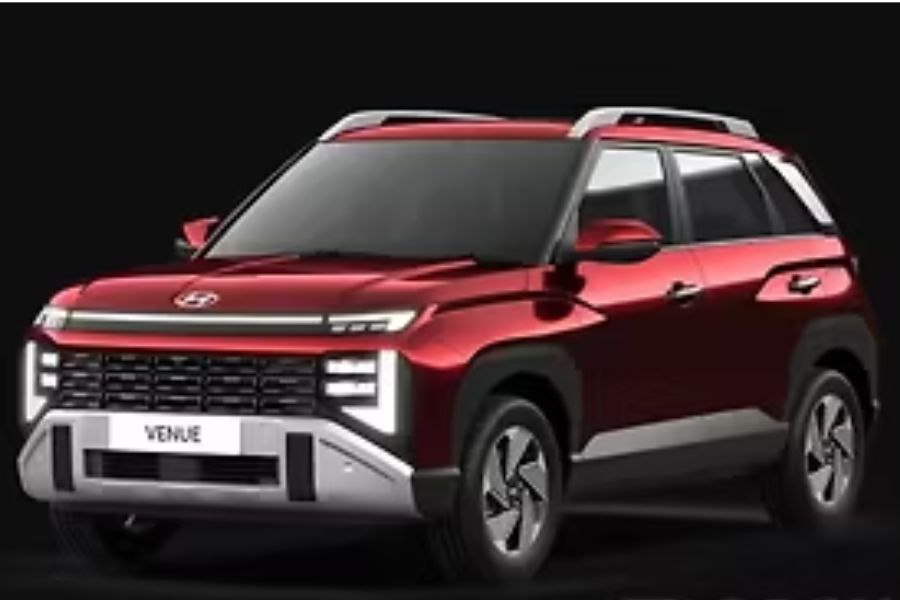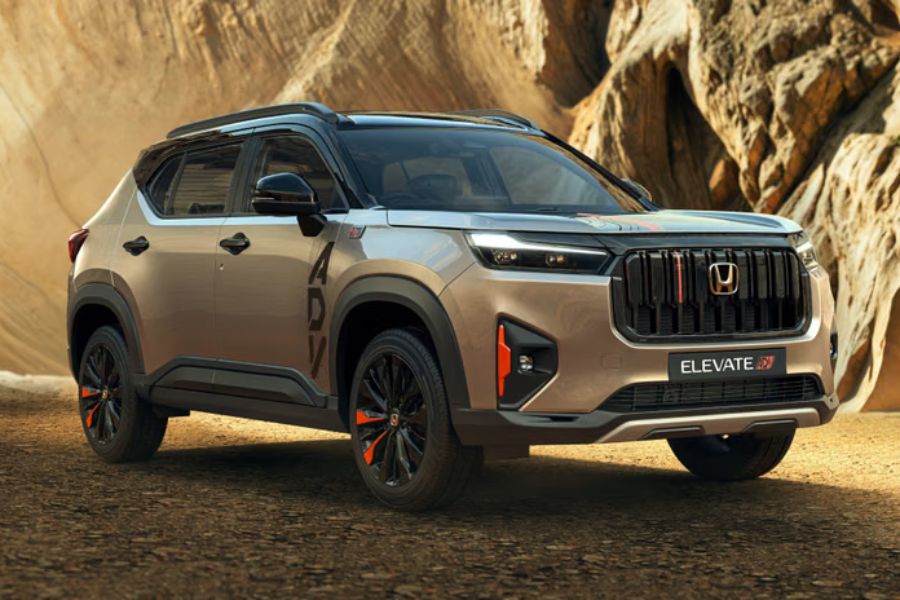Tata Motors has officially completed its long-awaited corporate restructuring, marking a historic milestone for the Indian automotive giant. Starting October 14, 2025, the company’s passenger vehicle (PV) and commercial vehicle (CV) divisions will operate as two separate, independently listed entities.
Tata Motors’ Split Becomes Official
The demerger follows a key regulatory step — the Ministry of Corporate Affairs (MCA) issued a Fresh Certificate of Incorporation on October 13, 2025, confirming the renaming of Tata Motors Limited to Tata Motors Passenger Vehicles Limited (TMPVL).
This move, first announced in August 2024, formally separates the automaker into:
-
Tata Motors Passenger Vehicles Ltd (TMPVL): Responsible for all passenger cars, including internal combustion engine (ICE) vehicles, electric vehicles (EVs), and the Jaguar Land Rover (JLR) brand, along with all associated technology and mobility investments.
-
Tata Motors Commercial Vehicles Ltd (TMCVL): Will continue to manage the company’s trucks, buses, and related businesses.
Existing shareholders will receive equivalent shares in both new entities, ensuring continuity of ownership and value.
Market Debut and Listing Details
On its debut, Tata Motors Passenger Vehicles Ltd began trading at around ₹400 per share, while the commercial vehicle unit is expected to list in November 2025. The pre-demerger Tata Motors stock had closed at ₹660.75 on October 13, 2025.
The separation aims to create sharper strategic focus, enable independent capital allocation, and deliver clearer valuation metrics for each business segment.
Why the Demerger Matters
The split allows investors and analysts to assess the performance of each business on its own merits:
-
Passenger Vehicle Business: Will be driven by the growth of EVs, expansion of premium models, and strong export potential.
-
Commercial Vehicle Business: Performance will depend on freight demand, infrastructure spending, and fleet replacement cycles.
By unbundling the two arms, Tata Motors aims to avoid a blended valuation that often masked the true potential of either division.
Strategic Benefits for Both Companies
Each newly formed entity will have its own board of directors, financial strategy, and investment roadmap, enabling:
-
Tailored decision-making aligned with individual market realities
-
Improved profitability tracking based on distinct industry benchmarks
-
Better transparency for shareholders and regulators
This structure is expected to enhance operational efficiency and attract segment-specific investors, particularly those focused on the fast-growing EV space.
What’s Next for Investors
With Tata Motors Passenger Vehicles Ltd beginning independent price discovery and the CV arm set to list soon, the key investor watchpoints include:
-
PV Margins: Influenced by EV adoption, SUV mix, and input costs
-
CV Margins: Dependent on freight rates, utilization trends, and replacement cycles
-
Capital Allocation: How both companies plan future investments, dividend policies, and expansion strategies
The coming months will reveal how each company positions itself for sustained growth in its respective segment — and whether Tata Motors’ bold restructuring delivers the long-term value it promises.
In summary: Tata Motors’ demerger is more than just a corporate exercise — it’s a strategic reset aimed at unlocking value, sharpening focus, and powering the next phase of growth for both its passenger and commercial vehicle businesses.
Read More:




